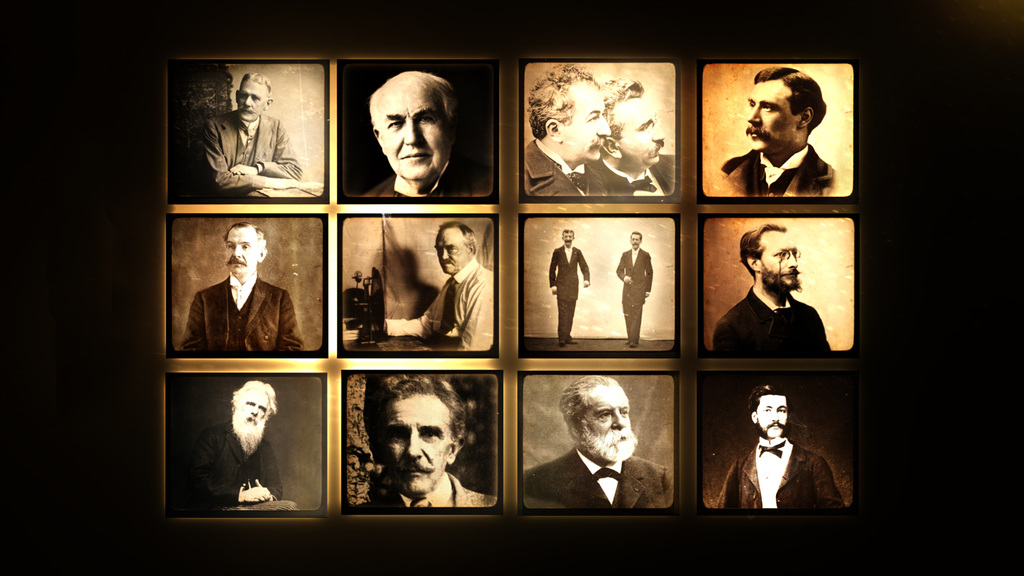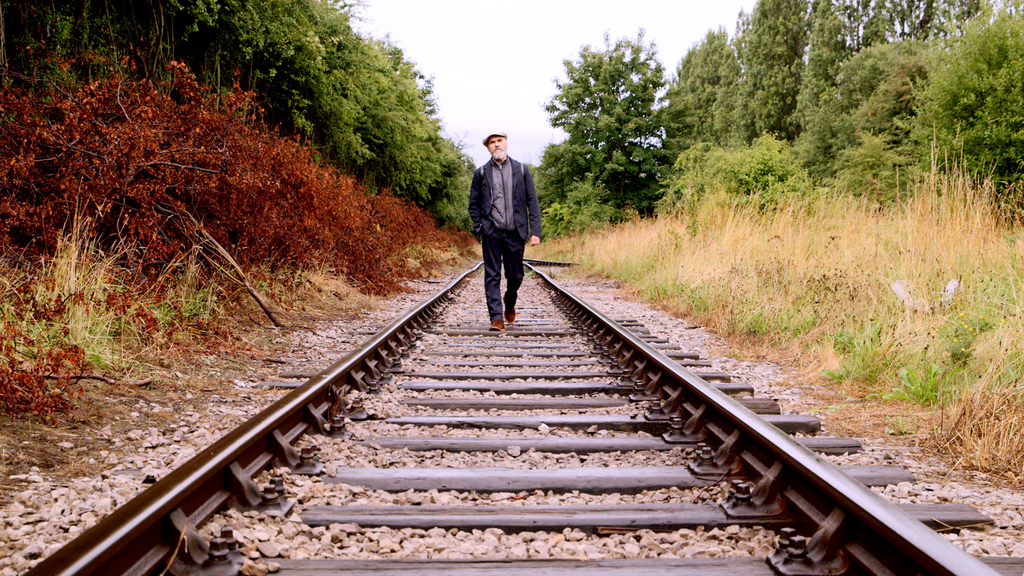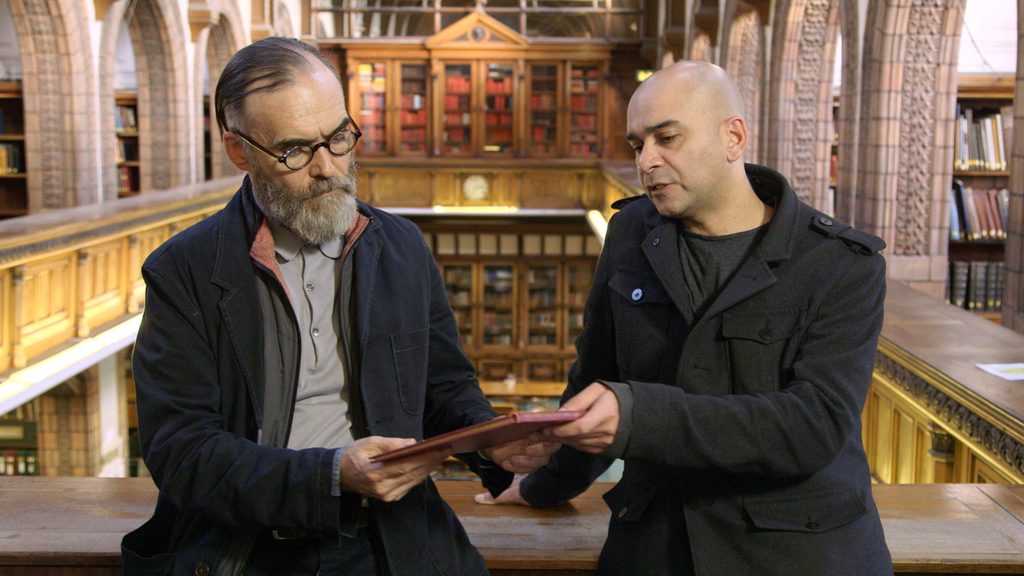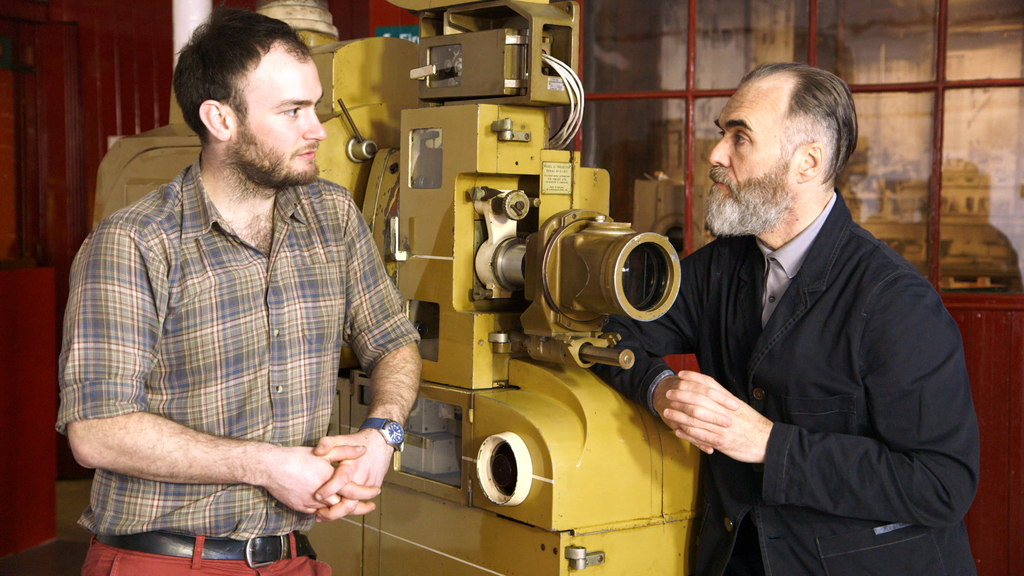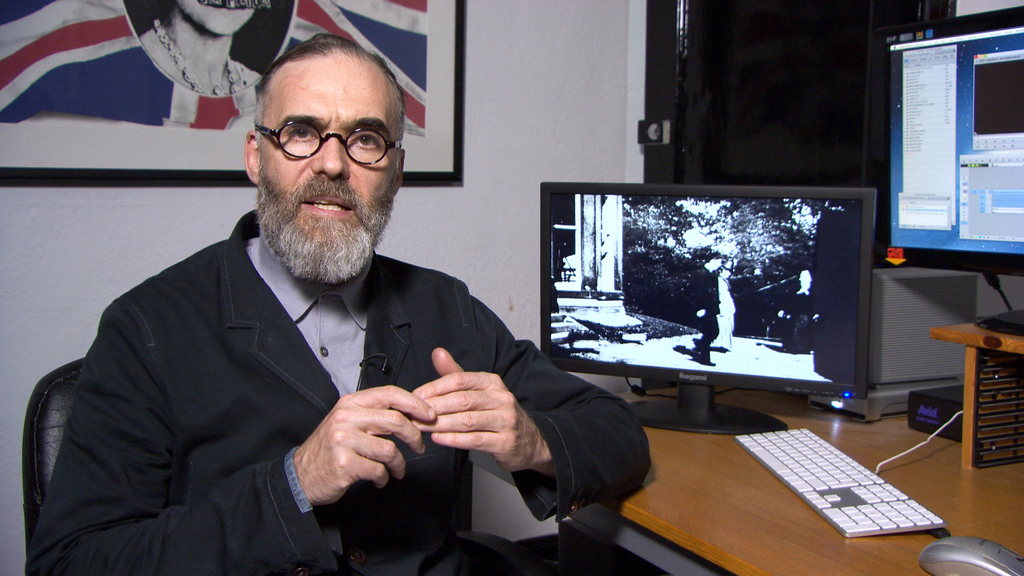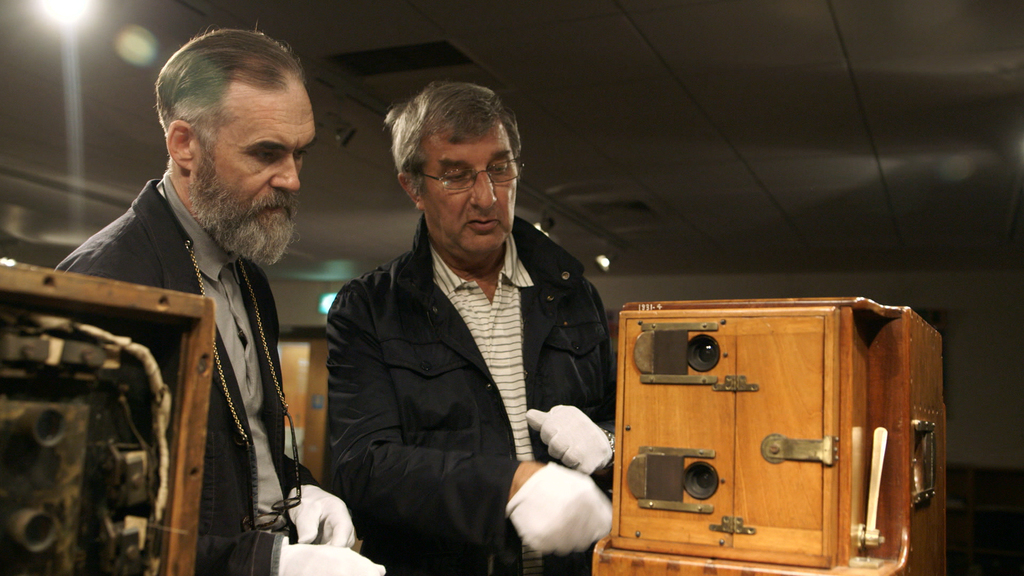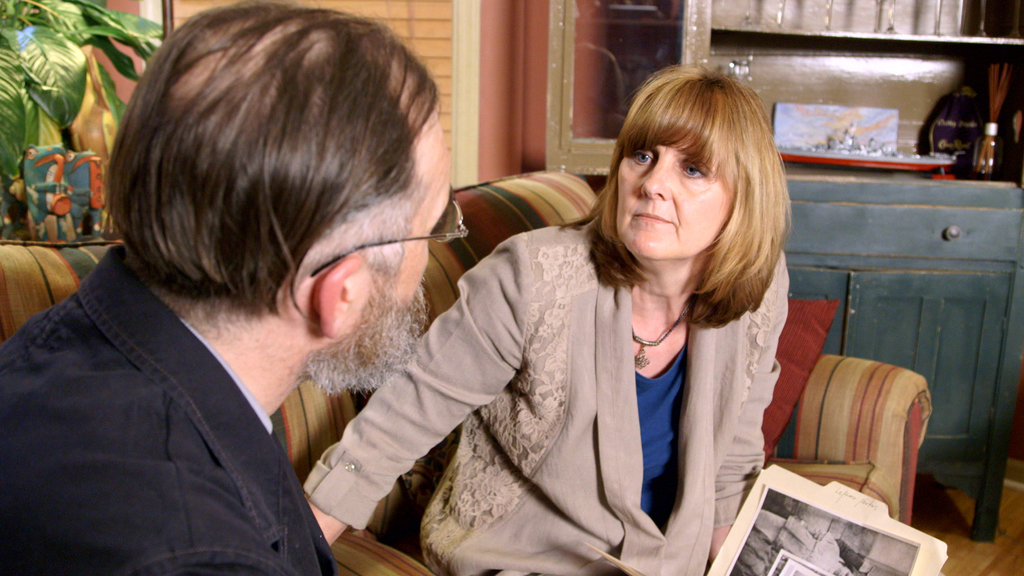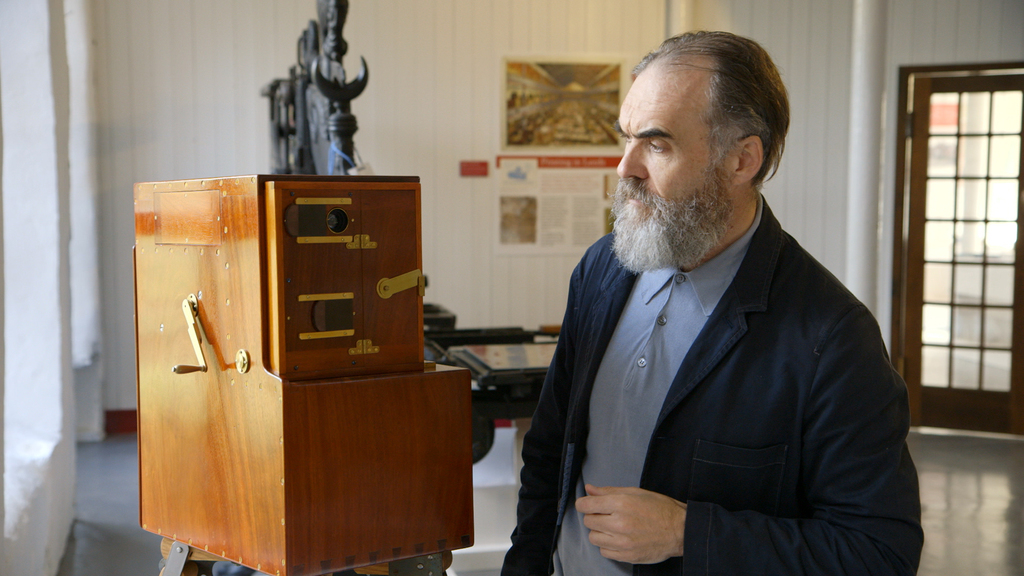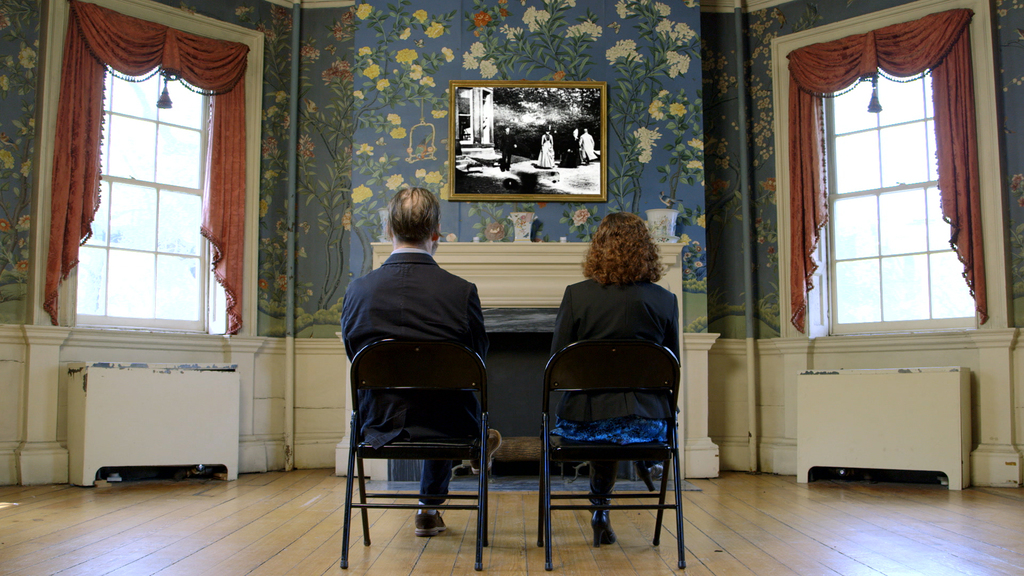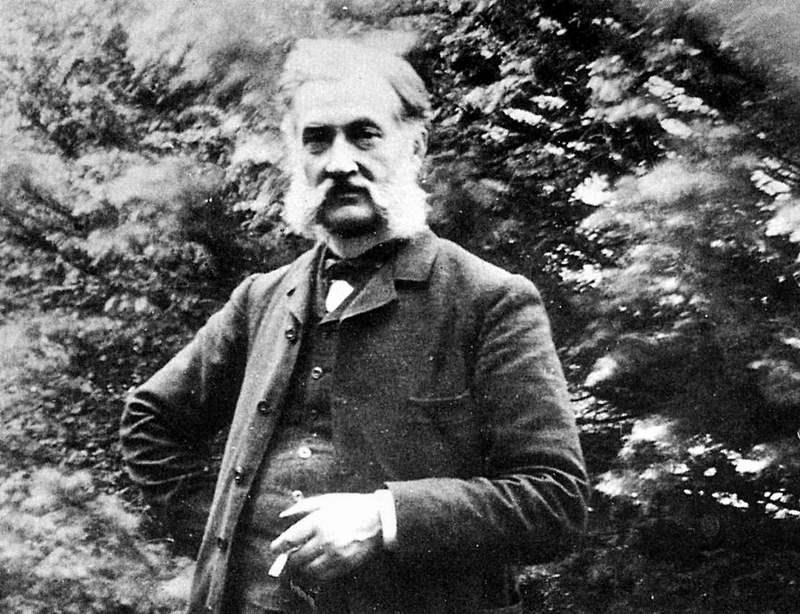XVI New British Film Festival
City:
Moscow
Cinemas:
Documentary Film Center
Formula Kino Horizont
Formula Kino Praga
Dates:
28 October – 28 November 2015
Partners:
British Council
CoolConnections
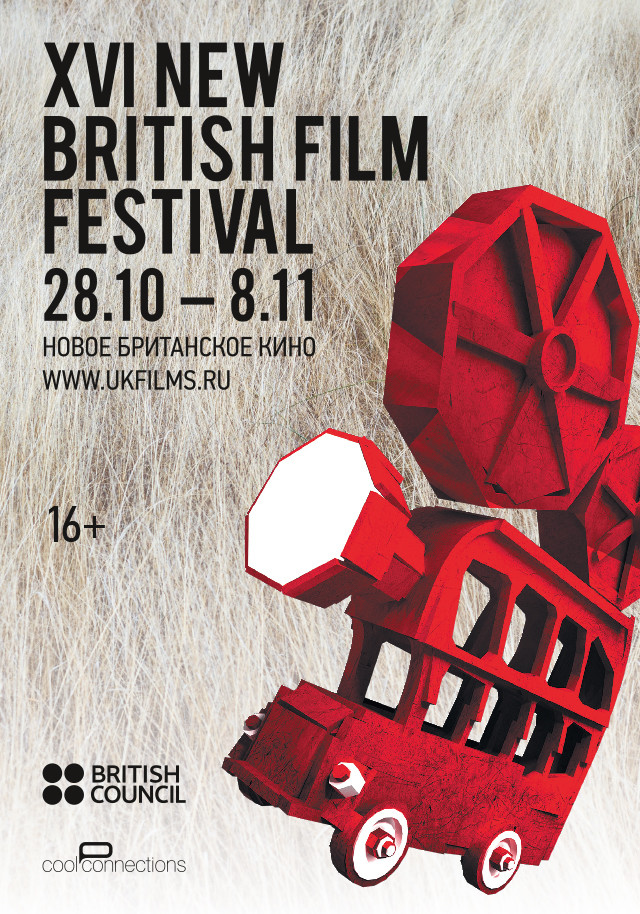
Choose city for details:
- Irkutsk : 13–15 November 2015
- Kazan : 11–15 November 2015
- Nizhniy Novgorod : 11–15 November 2015
- Novosibirsk : 11–15 November 2015
- Omsk : 11–15 November 2015
- Petropavlovsk-Kamchatskiy : 11–15 November 2015
- Samara : 11–15 November 2015
- Sochi : 11–15 November 2015
- Yaroslavl : 11–15 November 2015
- Rostov-on-Don : 5–8 November 2015
- Voronezh : 5–10 November 2015
- St. Petersburg : 3–8 November 2015
- Vladivostok : 3–8 November 2015
- Chelyabinsk : 28 October – 1 November 2015
- Ekaterinburg : 28 October – 1 November 2015
- Kaliningrad : 28 October – 1 November 2015
- Krasnoyarsk : 28 October – 1 November 2015
- Moscow : 28 October – 28 November 2015
- Perm : 28 October – 1 November 2015
- Saratov : 28 October – 1 November 2015
- Tyumen : 28 October – 1 November 2015
- Ufa : 28 October – 1 November 2015
- Ulyanovsk : 28 October – 1 November 2015
- Volgograd : 28 October – 1 November 2015
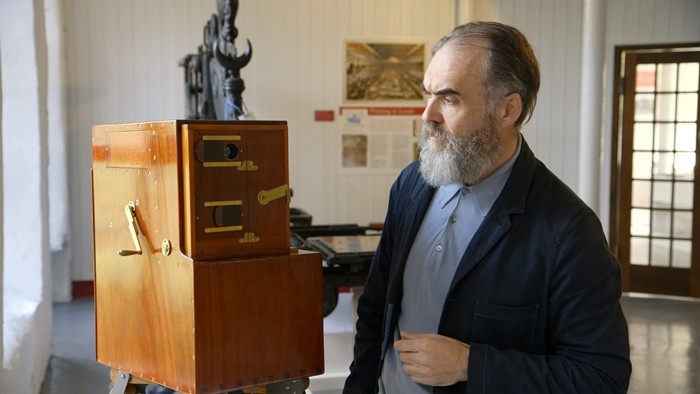
Первый фильм
The First Film
Country: Great Britain
Year: 2015
Director: David Wilkinson
Genre: documentary
Language: English
Translation: russian subtitles
Time: 1 hour 50 minutes
Возраст: 12+
The investigation begins….
“Louis Le Prince came to Leeds in 1866 where he experimented in cinematography. In 1888 he patented a one-lens camera with which he filmed Leeds Bridge from this British Waterways building. These were probably the world’s first successful moving pictures”
So reads a blue heritage plaque on a building overlooking Leeds Bridge. This is the starting point for Wilkinson’s investigation, a quest to finally discover whether that word ‘probably’ can be removed.
There are three surviving film scenes, shot by Le Prince, in Leeds. Being able to definitively date and place these scenes is the key to Wilkinson’s case that Le Prince’s work preceded that of the Lumiere Brothers or Edison.
His detective partner is Irfan Shah, a Leeds-based researcher. Shah had discovered an original pamphlet written by E. Kilburn Scott after Le Prince’s death, which he shares with Wilkinson. Scott had worked with Le Prince and was outraged that Edison, in particular, was taking the credit and benefitting from the advances that Le Prince made. Sadly it was a privately produced pamphlet and not widely distributed at the time. Wilkinson must go on to find the corroborating evidence that will prove Le Prince’s legacy.
Louise Le Prince was born in Metz in 1841, so Wilkinson travels to France to meet up with Jacques Pfend, the world’s foremost authority on Louis Le Prince.
Le Prince received an extensive education, studying in Paris and at the Universities of Bonn and Leipzig. It was at Leipzig that Le Prince was introduced to John Whitley, who was to be influential in bringing Le Prince to Leeds. John Whitley’s father had established an engineering firm in Leeds and was looking to expand into European markets, particularly France. John knew how useful Le Prince could be and invited him to Leeds in 1866.There, Le Prince met and fell in love with John’s sister Lizzie. He married, started a family and established his career in the Yorkshire city, which was gaining a reputation for innovation.
Wilkinson goes on to investigate the links between Le Prince and various prominent local figures – artists, industrialists, inventors, etc. – to try and discover what sparked his interest in the moving image.
His search continues to reveal many clues to his life and career in Leeds and the development of Le Prince’s artistic ideas, which ultimately culminate in the technological breakthroughs that will bring moving pictures to the world.
Images
Schedule:
Moscow: Documentary Film Center
30 October, Friday
31 October, Saturday
